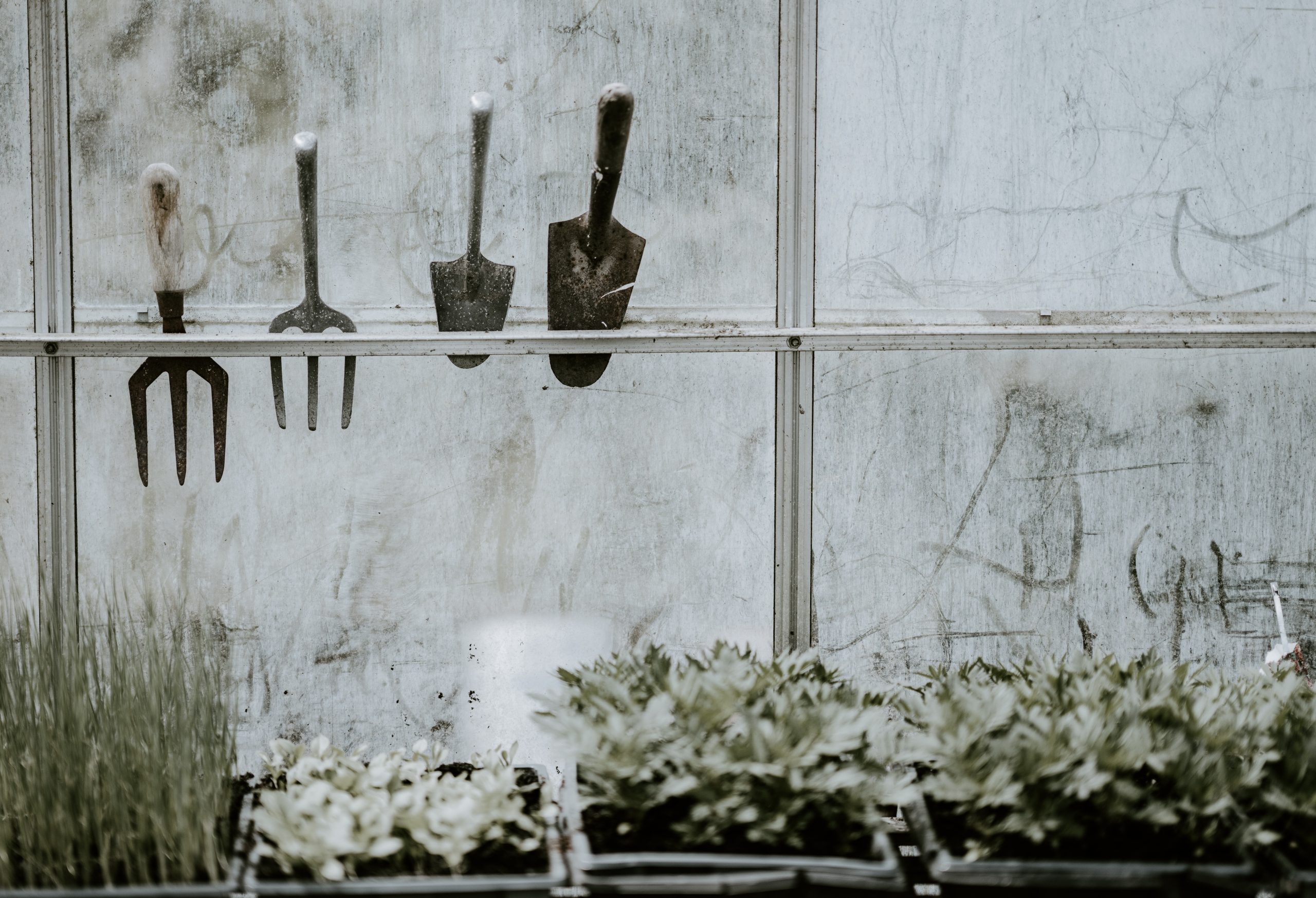Last Updated on April 3, 2024 by Real Men Sow
Sowing seeds is one of the most underrated gardening tasks. Seed sowing can save us lots of money and help us appreciate nature right inside our home without going anywhere. Here is the perfect opportunity to learn more about seed sowing as any of us are looking forward to spring! This time of year, thoughts naturally turn to the next growing season and what we will sow. The excitement is palpable as plans are being made, and the first seeds are set to go.
Importance of Sowing Seeds Under Cover
Gardeners who are keen to start seedlings under cover of a greenhouse, cold frame or polytunnel can get an early start on their growing season. You can grow strong and healthy seedlings by planting under cover when the outside conditions are not ideal.
Similar structures such as greenhouses trap the sun’s heat and keep it there for longer. This makes nights less cold and significantly raises the temperature on sunny days. It effectively brings the beginning of the growing season forward up to a month.
Where to Sow Seeds Indoors
An indoor windowsill is the best option for the very first start. You can sow in pots and smaller seed flats, or anything that fits on your windowsill. A propagator can provide warmth and humidity for tender crops such as tomatoes and peppers. You can also mimic these conditions by attaching clear plastic to the pots with an elastic band.
Cool-season crops like cabbage, celery, and onions – don’t require as much mollycoddling. To save space, you can stack the trays after sowing. You can save space by stacking trays up after sowing. After about two to three days, start looking for signs of germination and then move the trays out to the cold frame or greenhouse to continue growing. You can also grow seedlings indoors using grow lights to ensure strong and even growth.
When Should You Start Your Seed Sowing
Don’t plant too early in the season, or you’ll end up moving them to larger containers due to the weather outside. This will result in a loss of potting mixture and a strain on space undercover.
Create a plan when you’ll be sowing indoors or outdoors to make sure your plants don’t grow big too early.
How to Implement Seed Sowing Indoors?
Sow Seeds in Trays
These trays are for sowing tiny seeds and easy to move flower seeds. Once they’re big enough to handle they’ll be moved to their own pots or module trays. These trays are efficient for first stage growth.
Use Module Trays
Module trays reduce root disturbance and can save time because seedlings can often go directly from the tray to their final growth positions. There are many sizes and shapes of module trays. For sowing large seeds like beans, larger plugs work well. Smaller plugs can be used to sow vegetables such as lettuce, radish, and onions. Although rigid plastic trays can last many years, they are durable and easy to clean. If you prefer biodegradable fiber, or making your own pots from newspaper, there are options.
Step-by-step guide to sowing seeds with compost
Use quality all-purpose potting mixes or seed compost. To make it suitable for sowing, screen it or sieve it if it is too lumpy. The potting mixture should be poured into the tray. Press it down with your fingers until it is firm. Next, add some more of the potting material to the tray. Make shallow depressions using your fingertips. For most crops, a minimum of a quarter-inch (0.5 cm) is sufficient.
Digging Holes For Seed Sowing
Place seeds in the depressions that you have made. You can plant many vegetables, including those that are common like radish, onion, beetroot and peas, in small quantities of three to five seeds per plug. This will allow you to grow a bunch of seedlings. You can also plant larger seeds, such as beans, in individual holes that you make with a pencil, a pen or a dibber.
Add Potting Mix
Add a bit more potting mixture to the top once you’ve finished. To ensure that all seeds are buried, gently rub your hands on the tray. Use a fine rose or watering can to water the trays. Make sure to turn the trays several times until the potting mixture is fully moistened. You can label the trays with the date and variety of sowing.
You can either leave the trays alone or cover them with cardboard, wood, or glass. This will reduce evaporation and decrease interest from rodents like mice who have a tendency to dig up and eat larger seeds.
Regularly check pots and trays for moisture. It is possible to assess the moisture content of the potting mixture by lifting them up. If the mixture is very light, you can water it. To ensure a thorough watering, you can place the trays in a reservoir. This will allow them to absorb water through the drainage holes. Once the water is visible at the surface, you can remove them.
The satisfaction of sowing the first seeds of the season is unbeatable. When the first shoots emerge, spring is almost here!


